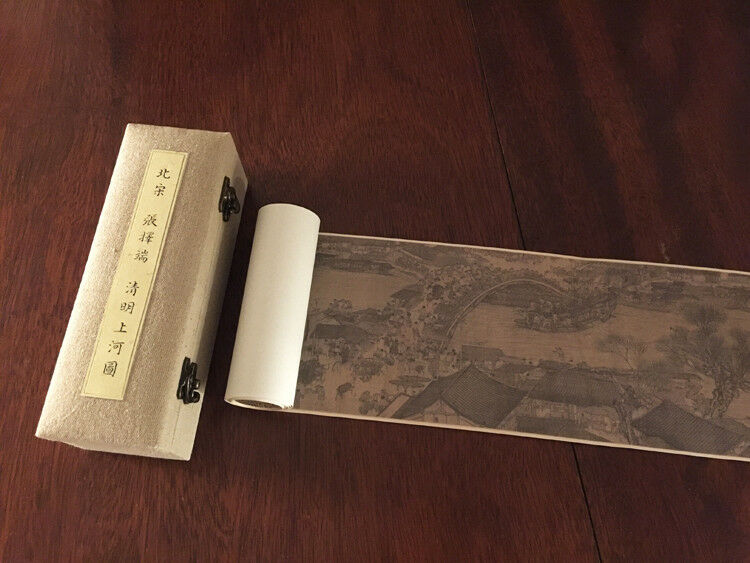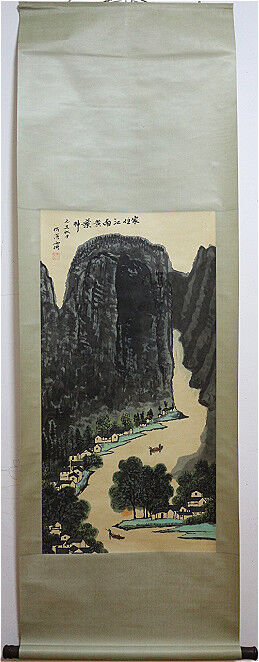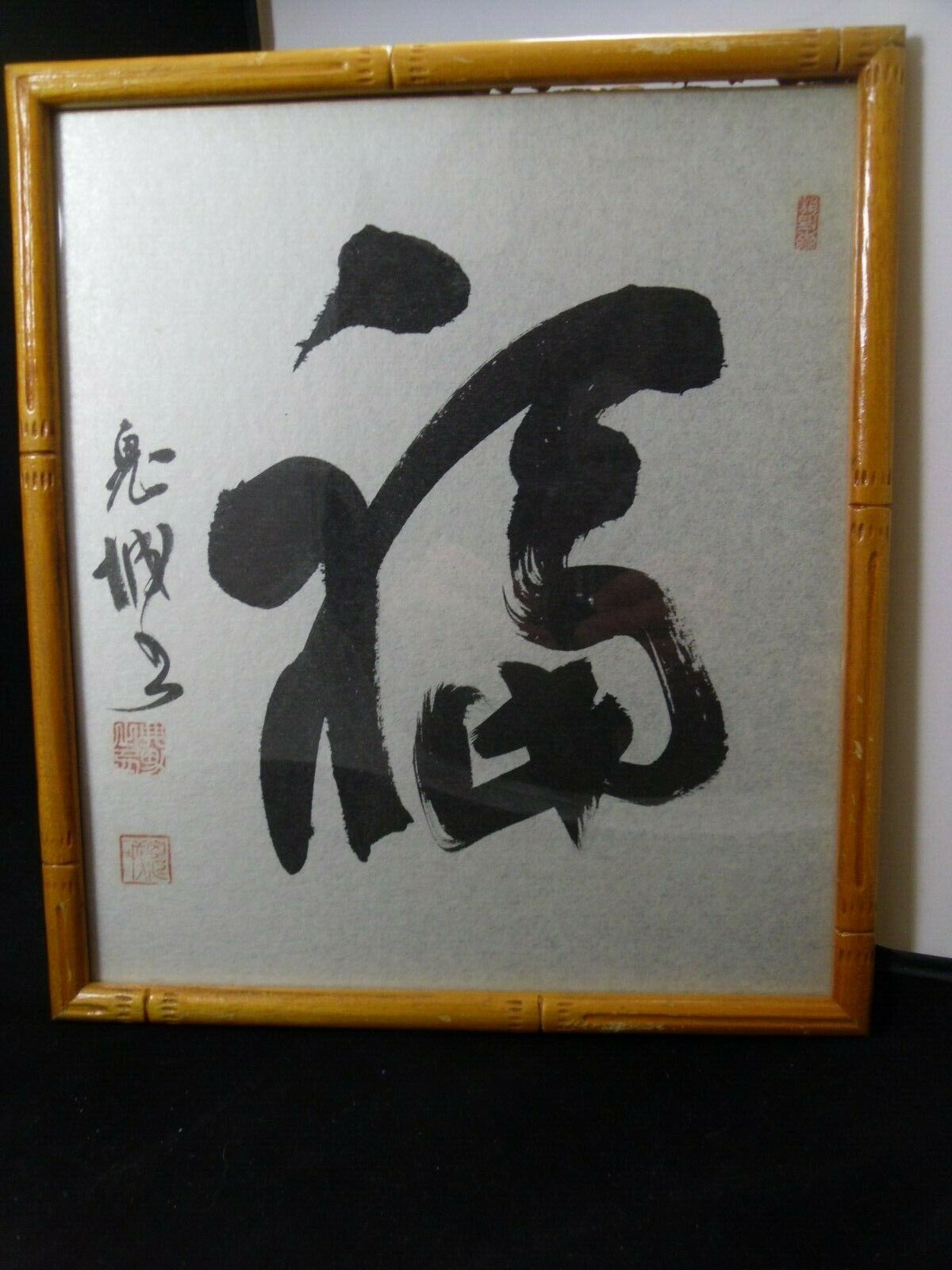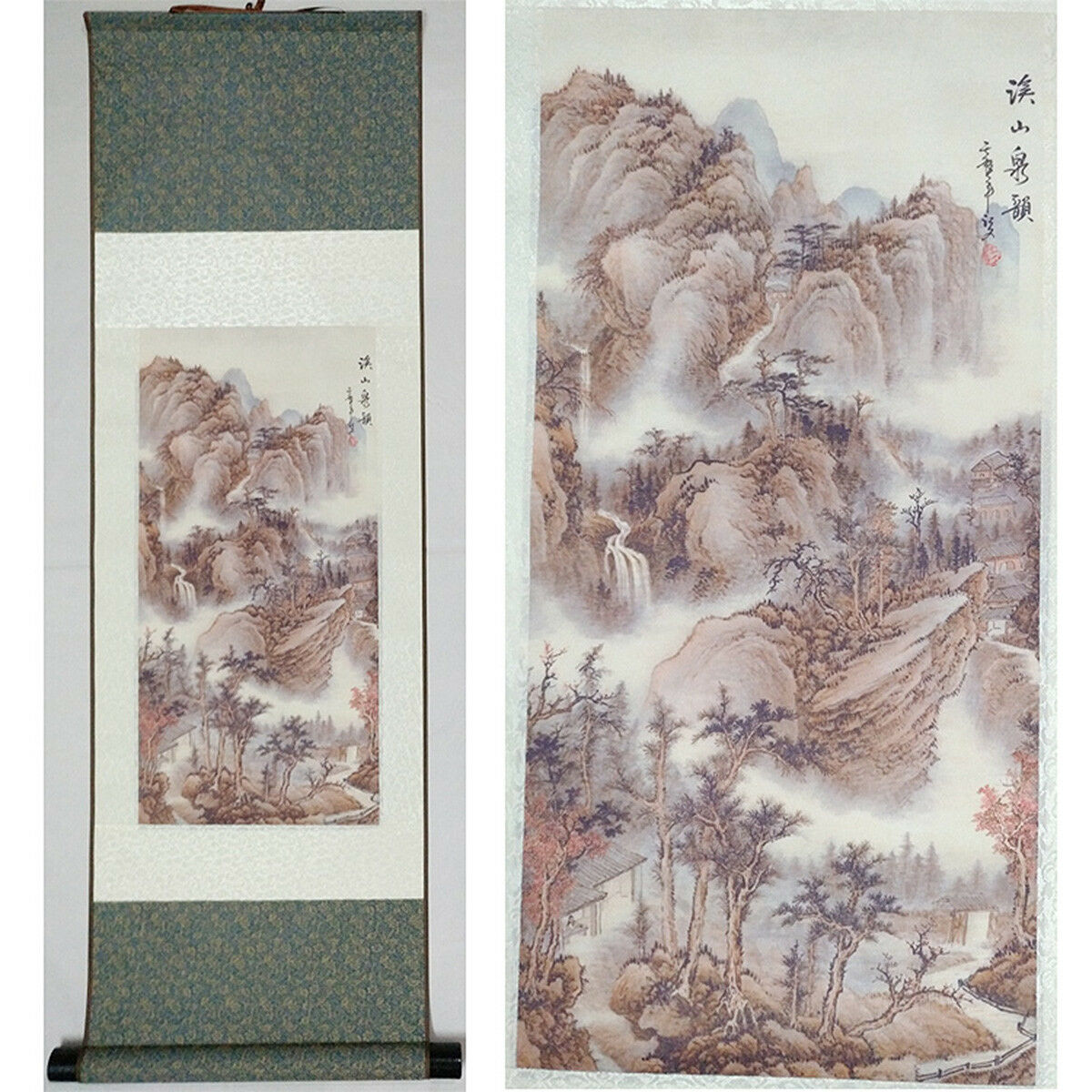-40%
Chinses painting scroll miniature 'Along the River During Qingming Festival'
$ 68.11
- Description
- Size Guide
Description
Chinses painting scroll Palace Museum 'Along the River During Qingming Festival’ (miniature)by
Zhang Zeduan
Song Dynasty,
Handscroll Color on paper, 14cm x 720 cm,
Palace Museum, Beijing, China
Zhang Zeduan (
張擇端
1085
–
1145),alias Zheng Dao, was a famous Chinese painter of the Song Dynasty. He lived during the transitional period from the Northern Song to the Southern Song, and was instrumental in the early history of the Chinese landscape art style known as shan shui.
In terms of historical significance, Zhang's original painting of the Along the River During the Qingming Festival reveals much about life in China during the 11th-12th century. Its myriad depictions of different people interacting with one another reveals the nuances of class structure and the many hardships of urban life as well. It also displays accurate depictions of technological practices found in Song China.
For example, it depicts one river ship lowering its bipod mast before passing under the prominent bridge of the painting. It shows ships in two major types, yet all of which have slung rudders for steering; the painting depicts freighters with narrow sterns or passenger boats and smaller craft with broad sterns, sailing upriver or docked along the banks while loading and unloading goods. Large stern sweeps and bow sweeps can be seen on at least three of the river ships, worked by up to eight men each. It also shows how personal gardens had begun to take root in China
—
in addition to the immense walled garden on the far left of the scroll, for example, one sees several private gardens with their man-made mountains and rockery (for example, the small private garden close to the city gate, squeezed between a chemist's shop and a large building selling furniture, consisting of a small pond surrounded by trees and bamboo).
清明上河図(せいめいじょうかず)は、北宋の画家
・
張沢端
(ちょうたくたん)の作品で、当時の人々の生活や街の様子を伝える風俗画として著名である。北宋の都
・
汴梁(開封)の清明節の賑わいを絵画化したもの。長さ
5
メートルを超える画巻に士大夫、僧、船頭、人足、占い師などあらゆる階層の人々約
700
人が生き生きと描かれている。台北故宮博物院本のほか、後人による模本が多数ある。作者の張沢端は山東東武の人で、宣和(
1119 - 1125
年)の画院に属した。
On Mar-01-17 at 05:08:45 PST, seller added the following information:
Track Page Views With
Auctiva's FREE Counter




















